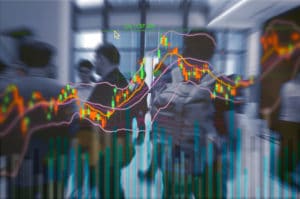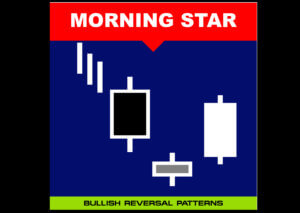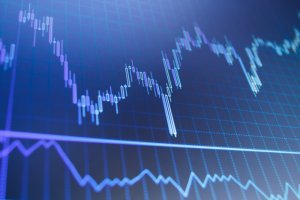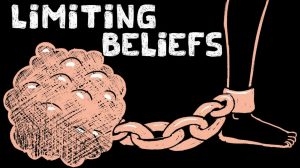In this guide, I only intend to show you how I structure my trading by trading in the currency market. If you can give ideas or help in your process, the goal of this post will be more than fulfilled. What I want is to be as direct and clear as possible. I’ll go point by point.
How to Trade: The Basics
Focusing on the basics and making it simple. I mean, you don’t have to rely on hypercomplex strategies, use the software that packs it and put it on the server next to your broker. You also don’t have to be the best programmer, let alone dirty your platform’s graphics to make money on Forex.
You need systems. Systems work. Companies and results-oriented work methods are system-based. You should start applying and creating systems because they will allow you:
- Know what you can expect (return and risk) in results.
- Measure what you do.
- Knowing when what you are applying is no longer working.
Yes, that of sitting in front of the computer, looking and saying “I think EUR/USD will go up” is the most common, but is that the normal thing here is to lose money. You need winning strategies to start the fight.
Intraday or Swing Trading on Forex?
This question is an interesting question and I make a small point if you’re starting. Swing trading involves trades that usually last several days and when we talk about intraday or day trading we mean trades that close on the same day.
Well, then which one? Like everything in life, it depends (we are). You have to learn that there is no “best for everyone”. In my case, I combine both operations because I dedicate full time to this, but if you are starting or are of the people who stress with trading, I recommend that you focus on doing swing trading.
As you consolidate here you can start to scale and seek to diversify doing intraday. But again, this is just something I recommend based on my own experience and people I’ve met over the years.
Automatic or Manual Forex Trading
Not all automated Forex trading systems are a panacea, and not all discretionary or manual trading systems are bad. Stop looking at it that way, we’re just talking about execution. That’s precisely why I’m going for automated execution. We are willing to talk a lot about this and other topics and if you find it interesting I can dedicate an article just to it. But think of automation as just how strategy is carried out. Whether it’s winning or losing is the basis of everything.
Automating a losing strategy does not make it a winner, it is only about applying strategies that are profitable and ensuring that they are executed in the best way (in manual we always cheat alone).
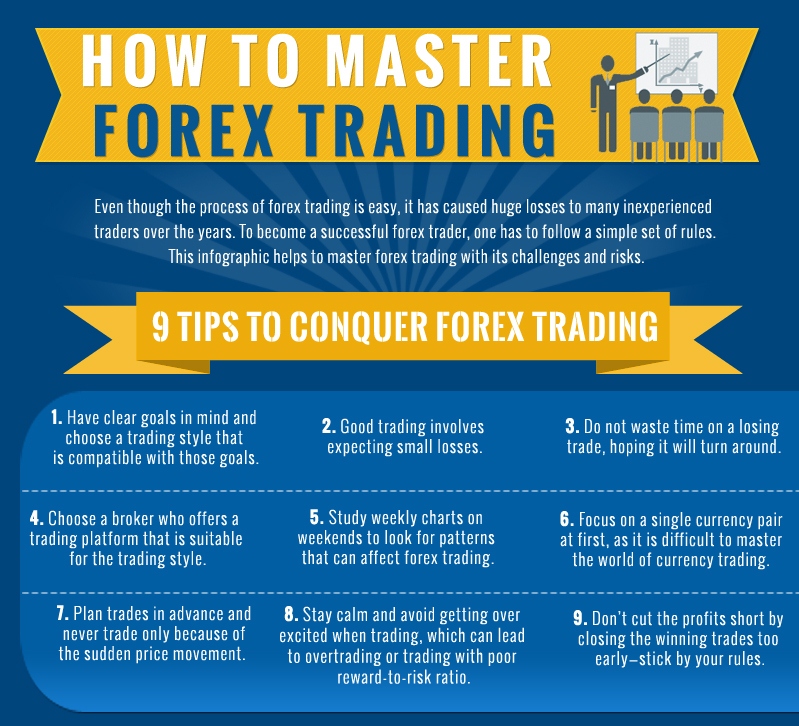
Is Analysis the Key to Trading?
Many people think that technical analysis is the key to beating the market and defend them from the last consequences. The same thing happens to those who always think that the only way to make money in the currency market is through fundamental analysis.
So what really works? It works that really gives results and you can check. What’s the point of telling me that this or that method is the best if you haven’t even sat down to figure out numbers. Many times it’s not with what, but how. I mean, they can be different methods if they’re done right. But to do that, you need statistics of what you’re doing.
Learn to Create Robust Trading Strategies
First, let’s see what a robust trading strategy is all about. As traders, we know what has happened in the past, but we don’t know what will happen in the market tomorrow. That is why we need systems that are well adapted to the changing circumstances of the market.
How can we know systems are well adapted to spread alterations, prices.? Simulating those alterations, sort of simulating those conditions and seeing how they behave. There are different tests for this as they are: Walk Forward test, Monte Carlo and Multimercado.
These tests give us information on how robust our trading system is and give us a reference. Beware, I have said reference, not absolute truth. Then we will test them, our goal is to leave as little space as possible to chance.
Best Forex Trading Strategies
You may have doubts about how you’re going to manage to create profitable strategies and start with all this. Calm down, there are tools for this, but the important thing here is to know that the strategies that are usually more stable over time and give better results are:
Trading strategies with very simple entry and exit criteria: The opposite of what they might have told you. The simpler our Forex trading systems are, the more likely they are to continue to function over time. I have seen this and I know it firsthand.
Also, what is more likely to stop working, a system based on six indicators or a system based on one or two? That six indicators continue to produce results over years and years is not easy. However, only one or two are more so. Still, trading systems must always be monitored.
Systems with a low number of trades or trades: Sometimes, when we’re obsessed with being in the market constantly doing a zillion trades, we’re giving our broker money and taking it out of our pocket. More is not better in trading, better is better. This is about getting the most money with the least risk, not giving it to your broker.
Strategies with a controlled return/risk: You see a strategy, you look at its benefit in the last few months and years, and you’re already thinking about connecting it. Error, always look at the return associated with drawdown. The drawdown of your system is, in short, the maximum consecutive drop you have had. Why is it important? Because if that fall has occurred in the past it can happen again (and bigger, believe me). Now you’re thinking, what if this happens to me?
Establish Connection and Disconnection Rules
All methods of trading sound great. The problem is when they start to lose. Some tell you that you have to follow, that the system is the system. But what if the system is not working anymore? After all, we live in a changing world and our money is not infinite.
The truth is that most traders do not know when the system is failing or when this happens because they are applying it wrong. If you execute the strategies in an automated way you are already saving this, then what you need is a rule to disable your strategies at a certain point. To do this, simply monitor them with platforms such as bluefx or myfxbook to know what the performance of each one is.

Diversify Into Forex
If we deactivate a Ruben strategy, we stop trading. Not if you activate another one that is doing well. It’s not that you run a Forex trading system or two, it’s that you have different systems: the best ones in real and a demo base created that you can include in your real account when you disable some because their performance has dropped.
You can diversify by time frame (time frame), by assets (different currencies), or types of systems (trend, mean reversion). The goal of diversifying is to look for a more stable return, many people do this to introduce many systems without more, but if you do this you will get the opposite result, as you will be increasing the risk.
Which Currencies to Trade
I recommend that you focus on majors or major currency pairs, especially if your broker has a high spread, as these tend to be smaller. One of the advantages of automating is that you can scale your trade and do it in different currencies diversifying as I said before. Start by being profitable with a few (one or three assets) and as you evolve you can grow your portfolio.
Why Invest (Only) In Forex?
I won’t be the one telling you to invest in Forex and not in another market. Each is his father’s and mother’s and has his good and not-so-good things. Mind you, one thing is clear, wherever you do remember the power of specialization. There are traders who concentrate on one or two assets and are profitable. In the end that’s what it’s all about, isn’t it?
This operation is extrapolated to different assets such as raw materials, indices, and cryptocurrencies. Yes, cryptocurrencies as well. In fact, my operation is mainly based on currencies and cryptocurrencies (at 85% the first group and 15% the second). But I have to say that cryptocurrency trading has given me a welcome surprise this year. Again, if you’re starting, don’t do it with a lot of assets or you’ll get saturated. Start step by step and you will diversify as you evolve. The one that covers a lot, little squeezes.
Steps to Trading
If you get here not be entirely clear to you how the fuck I do trading, then I’ll summarize it for you in steps:
- I create statistically profitable trading strategies and test that they are robust.
- I put them in a demo account to make sure they work perfectly.
- Once they meet the requirements I demand, I’ll move them to real.
In a real account, I manage my systems by connecting and disconnecting them according to their performance (always under objective criteria).



